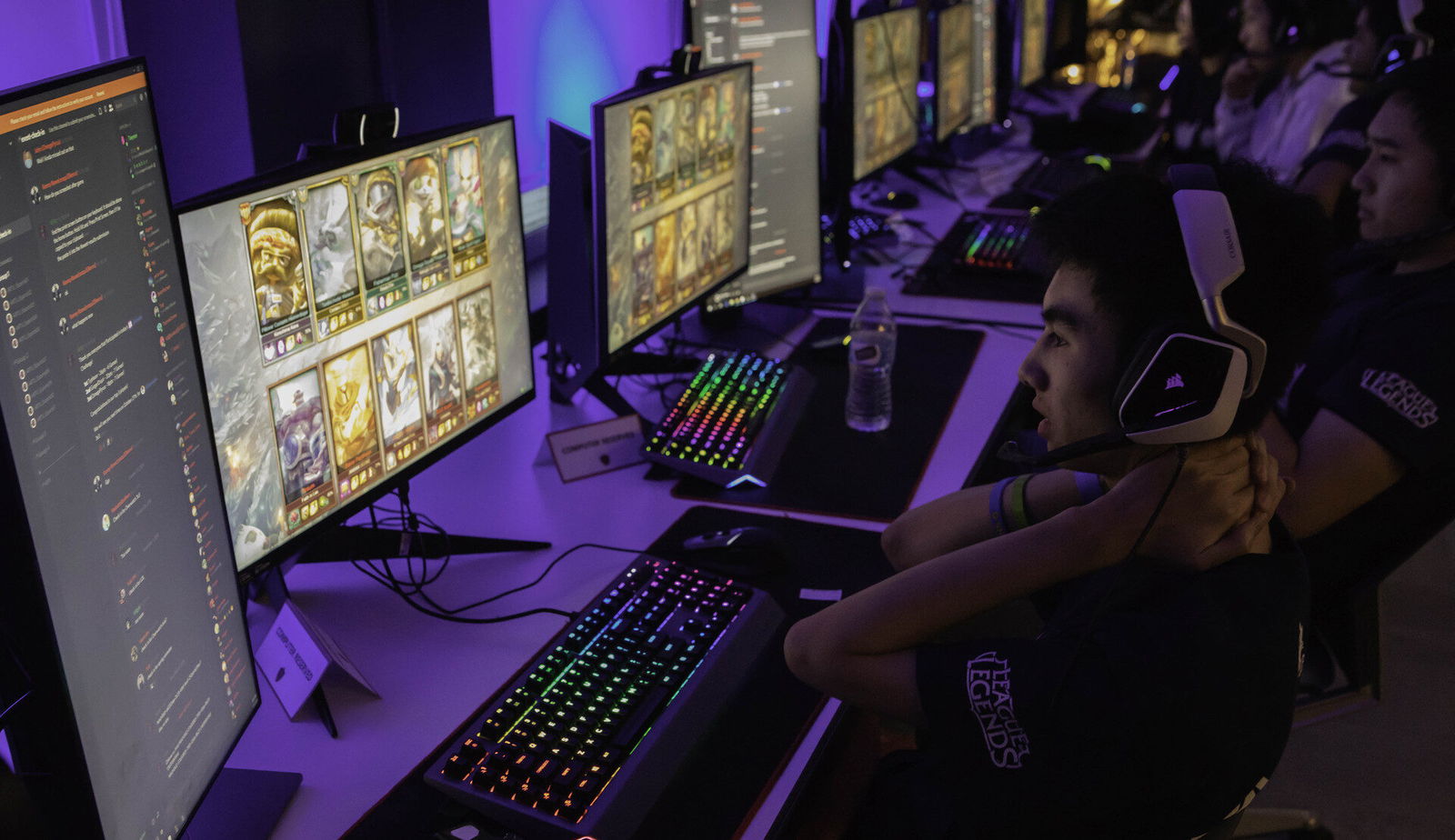The intersection of esports and interactive platforms has started to mirror trends seen in adjacent entertainment spaces. For instance, some viewers explore match outcomes and team performance data in ways that resemble how odds and statistics are used in traditional sports analysis. Insightful breakdowns and data-driven tips cover match formats, team histories, and evolving meta strategies, adding context for fans who follow the scene from a more analytical perspective.
The Evolution of Esports Broadcasting
In the early days of competitive gaming, esports broadcasts were straightforward affairs, often limited to direct gameplay footage with minimal commentary. As audiences grew and demand increased for a more nuanced understanding of matches, broadcasters responded with improvements in production quality and content delivery.
Today’s esports coverage includes multiple camera angles, professional commentary teams, and overlays filled with real-time information such as player stats, cooldown timers, and team economy indicators. These additions have helped viewers, especially those less familiar with specific games, to grasp the action more easily and enjoy a richer viewing experience.
Interactive Platforms and Fan Engagement
Fan interaction has become central to modern esports broadcasting. Platforms like Twitch and YouTube Gaming lead the charge in making livestreams feel more participatory than ever. Live chats allow fans to engage with streamers and one another, while features like polls, remote reactions, and subscriber-only modes foster a stronger sense of community.
Platforms have introduced interactive overlays that let viewers customize what they see. These features move viewers from passive observers to active participants in the broadcast experience.
Leveraging Analytics and AI
The integration of artificial intelligence and data analytics has revolutionized how matches are presented to the public. AI-powered engines analyze player movements, ability usage, and even decision-making tendencies to offer predictive insights during games. These systems can display win probability graphs that update in real-time or highlight high-impact plays with contextual explanations.
This analytical layer helps demystify complex in-game moments and deepens viewers’ appreciation for the skill and strategy involved. It also serves as a bridge for casual fans to transition into more informed spectators who can anticipate pivotal moments or tactical shifts within matches.
Virtual and Augmented Reality Enhancements
The arrival of virtual reality (VR) and augmented reality (AR) has added yet another dimension to esports broadcasting. VR enables viewers to place themselves within the game environment, watching from the perspective of a player or as a free-floating observer in the virtual arena.
AR, on the other hand, has been used effectively in live stage presentations. Augmented stats and graphics can be overlaid on physical sets during major tournaments, providing live audiences and online viewers alike with dynamic, up-to-the-second information. These improvements look visually impressive and serve a functional role in increasing the accessibility of complex data.

Broadening Access and Globalization
With improvements in internet infrastructure and streaming platforms, esports events now reach a truly global audience. Low-latency streaming secures a smooth viewing experience even during peak times. Localization efforts, from multilingual commentary to region-specific content, help fans from different cultures feel represented and included.
The global live streaming audience was projected to reach 920 million by 2024, reflecting the anticipated surge in esports content consumption across digital platforms. This projection underscores the industry’s momentum, particularly in regions like Asia-Pacific and Latin America, which are expected to drive much of the growth.
This global reach is further supported by mobile apps and platforms that allow fans to follow live matches, access highlights, and track team standings from virtually anywhere. The decentralized, always-on nature of esports content distribution has made it one of the most accessible forms of competitive entertainment today.
Creating a Multi-Screen Ecosystem
Many fans today watch esports while engaging with supplemental content on a second screen like social media, discussion forums, or analytical breakdowns. Tournament organizers and tech developers have tapped into this trend by launching companion apps and integrated viewing hubs.
These ecosystems often include real-time stats, fantasy league integration, and post-match analysis, turning each broadcast into an extended event. For viewers, this means more context, more interaction, and a heightened sense of involvement.
Smarter Tools for Smarter Fans
The tools designed to support and empower the viewing experience will only become more sophisticated. Innovations in machine learning, predictive modeling, and immersive media will likely make broadcasts even more engaging and educational.
The future of esports broadcasting lies in creating personalized, context-rich experiences that cater to both hardcore strategists and casual viewers. With an expanding suite of platforms and technologies, fans are now learning, interacting, and becoming a more integral part of the esports ecosystem than ever before.



